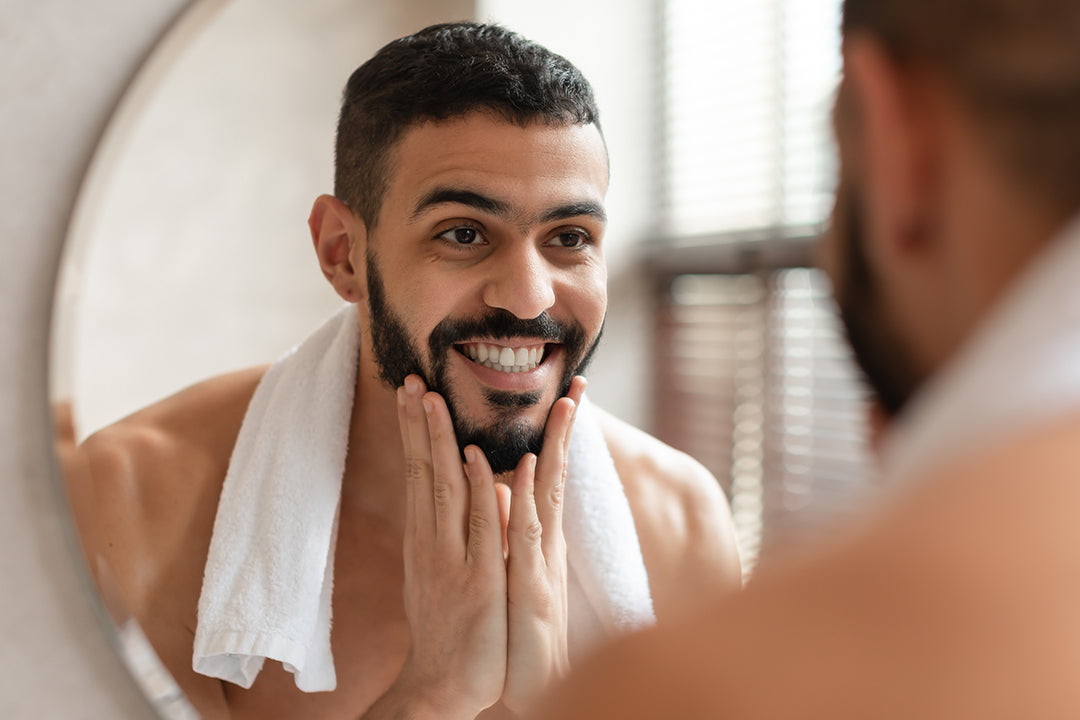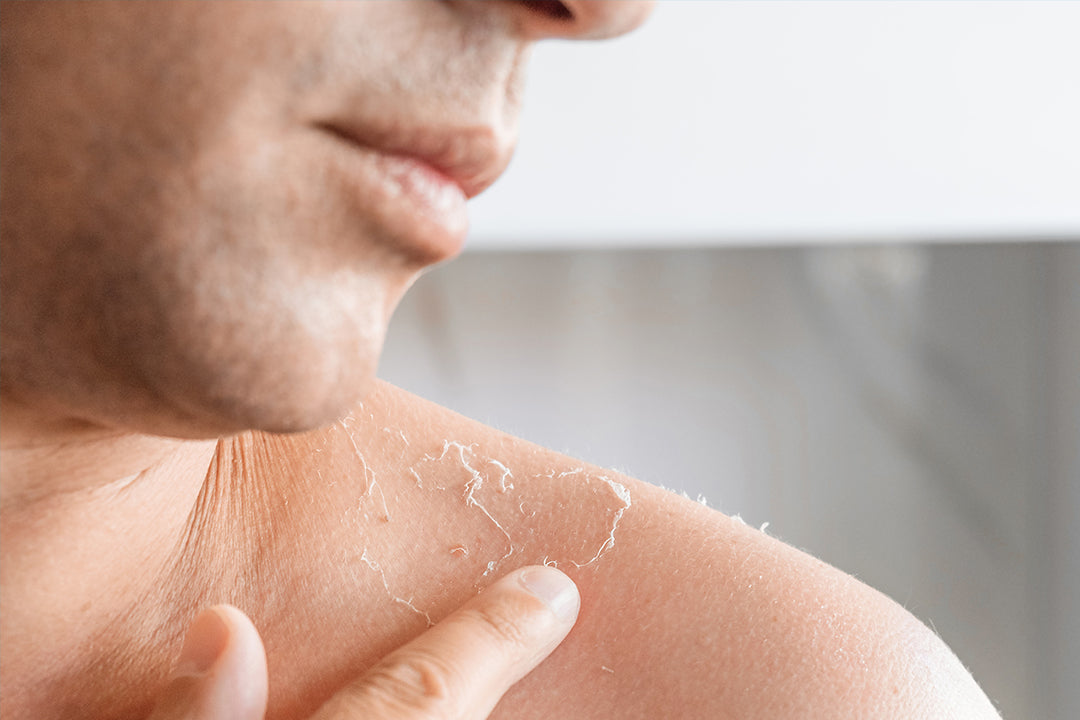Toners have come a long way from the harsh, alcohol-based formulas of the past. Today, they’re designed to hydrate, soothe, and even exfoliate—all depending on the ingredients they contain. Here’s a breakdown of some powerhouse ingredients to look for in your toner.
Witch Hazel – The Pore-Refining Hero
Witch hazel is a natural astringent that helps tighten pores, reduce excess oil, and soothe inflammation. It’s especially great for those with oily or acne-prone skin.
Best For: Oily, combination, or acne-prone skin.
Rose Water – The Soothing Hydrator
Rose water is known for its calming and anti-inflammatory properties. It helps refresh the skin, reduce redness, and provide lightweight hydration without heaviness.
Best For: Sensitive, dry, or irritated skin.
Glycolic Acid – The Glow Booster
Glycolic acid is an AHA (alpha-hydroxy acid) that gently exfoliates, promoting cell turnover and improving skin texture. It’s a must-have for anyone looking to brighten dull skin.
Best For: Dull, uneven, or aging skin.
QRxLabs Recommendation:
Our Glycolic Acid Toner is packed with gentle exfoliating power to smooth and brighten skin, prepping it for the rest of your routine.
Aloe Vera – The Skin Soother
Aloe vera is well known for its calming and hydrating properties. It helps reduce redness, irritation, and dryness while keeping skin soft and refreshed.
Best For: Sensitive, dry, or sun-exposed skin.
Niacinamide – The Barrier Protector
This powerhouse ingredient helps regulate oil production, minimize pores, and strengthen the skin barrier, making it a great all-around choice for various skin concerns.
Best For: All skin types, especially oily or acne-prone.
How to Pick the Right Toner for Your Skin Type
-
For oily/acne-prone skin: Look for witch hazel, niacinamide, or glycolic acid to balance oil and refine pores.
-
For dry/sensitive skin: Rose water, aloe vera, and hydrating ingredients will help soothe and nourish.
-
For dull/aging skin: Glycolic acid is your go-to for gentle exfoliation and a radiant glow.
Toners aren’t just an extra step—they’re a crucial part of prepping your skin for serums and moisturizers.





